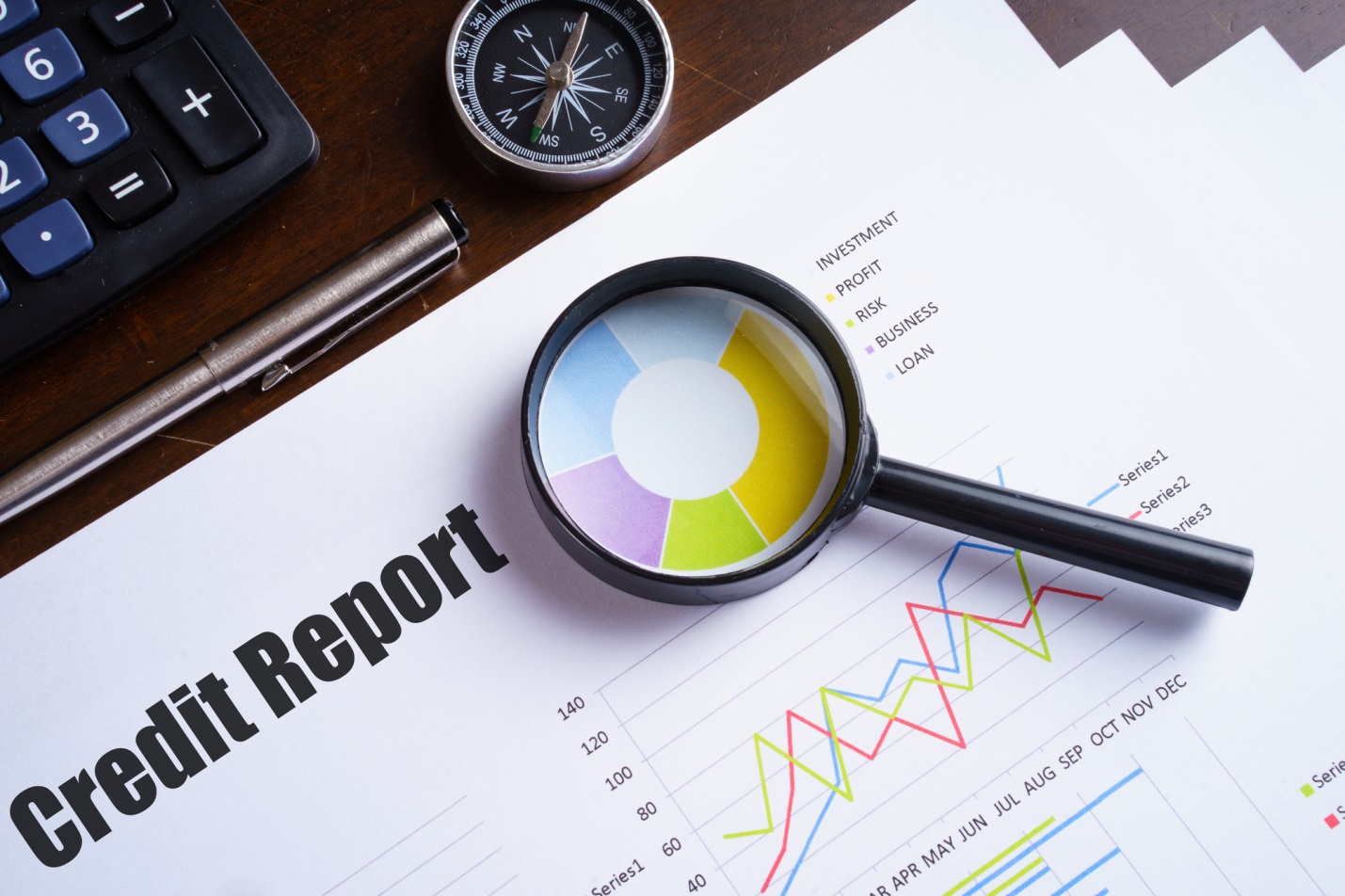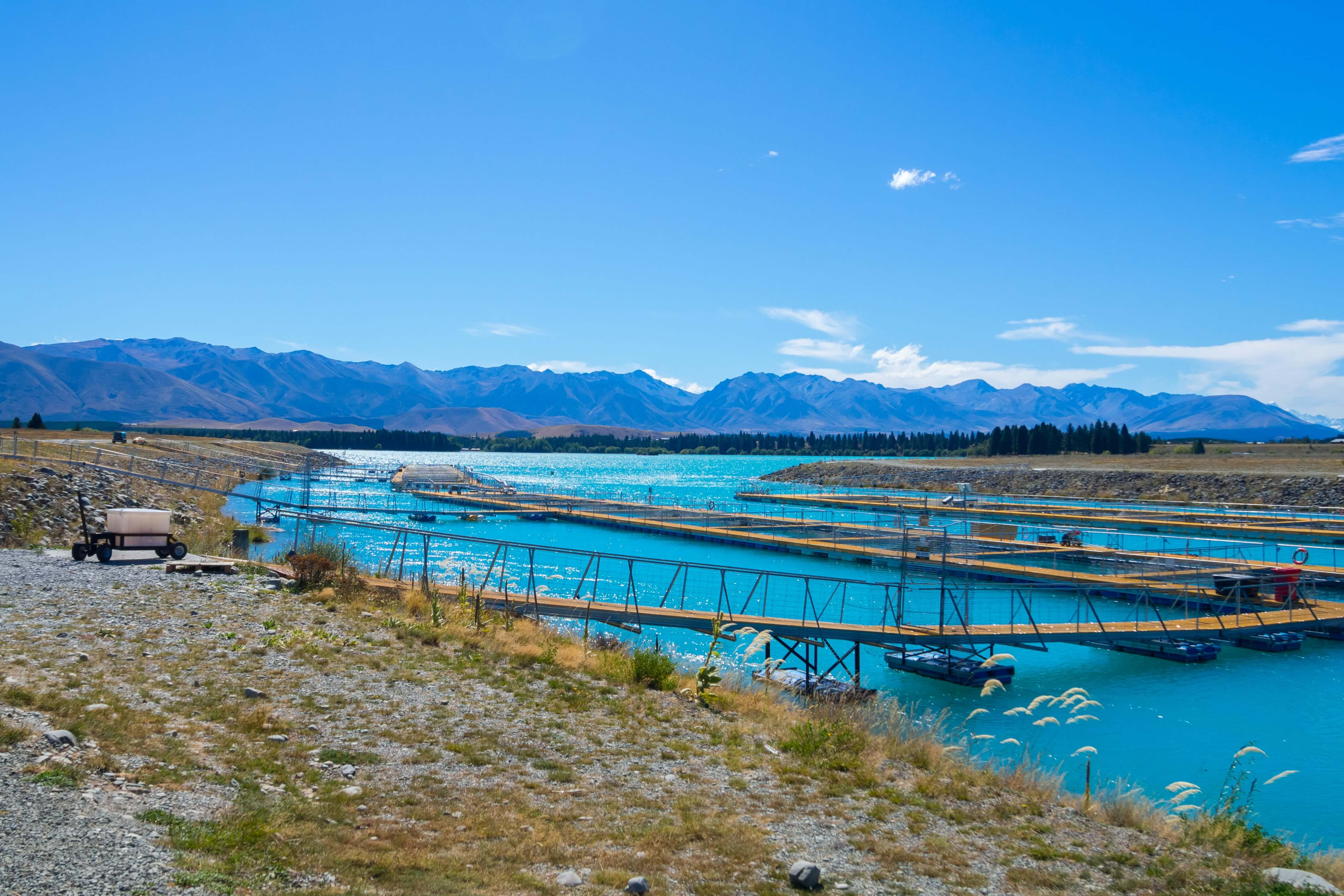Did you know that small businesses make up 99% of employer firms in the U.S.? Small businesses are an important part of the economy.
Everyone knows it’s important to have a good personal credit rating. But, did you know that it’s also important for your business to have good credit?
If you own a small business, read on to learn how you can get a free business credit report and why it’s important.
Why is Good Credit Important?
If you’ve ever applied for a home or auto loan, you know that good personal credit is important. If you don’t have credit, it’s difficult to get a loan.
No credit doesn’t always mean you have bad credit. It means you haven’t established a credit record.
If you’ve handled credit poorly, then you have bad credit, and you might not get be able to get a loan.
Lenders check your credit score to ensure your ability to pay back your loan. It’s critical to build and maintain a good business credit rating.
How to Build Credit :
Not everyone carries a credit card, but it helps to have one if you want to build your credit score.
Too often, college-age kids get one or more credit cards and find themselves in debt and are unable to pay it back.
It’s important not to overuse a credit card.
Credit cards charge high interest on the money they loan. It’s okay to buy things with a credit card, but make sure you pay the entire loan off monthly as much as possible.
If you don’t pay the entire loan monthly, the interest you pay adds a significant amount of money to the cost of your purchase.
Unfortunately, if you don’t use a credit card, it’s harder to build credit.
In addition to paying your entire credit card balance on a regular basis, be sure and pay all your other bills on time as well.
Late charges aren’t the only problem you’ll have if you pay your bills late. Late fees also hit your credit report and lower your score.
There are other ways to help build your credit as well.
Getting a Free Business Credit Report :
It’s important to know how to check your free business credit report and to understand what it contains.
According to the law, it’s possible to get your personal credit report for free on an annual basis.
The law doesn’t say a business credit report has to be free on an annual basis. But, it’s possible to get a free business credit report. Here are a few ways:
CreditSignal :
Dun & Bradstreet offers a free business credit report at CreditSignal.com. This is a great place to get your business credit report because it also has a learning center.
It’s an easy service to use, and it comes with a mobile app that’ll alert you to changes in your Dun & Bradstreet credit score. The service gives you fundamental information about your score.
To get the full service, you’ll need to get the paid subscription.
Try Nav :
Nav.com is another service where you can find your personal and business credit scores for free.
While CreditSignal only tells you about your Dun & Bradstreet score, Nav offers information regarding your Dun & Bradstreet and Experian score.
Free Trial Demos :
You can also get a free business credit score if you want to sign up for a free trial from companies such as Credit.net, CreditSafe.com or Scorely.com. Remember that once the free trial is over, you’ll be charged for a subscription.
What Does It All Mean?
Now that you have your free business credit report, what does it all mean?
When checking your personal FICO score, look for a number between 300 and 850. The higher the score, the better your credit rating.
Don’t panic when you check your business credit score and the number is under 100! Unlike the FICO, business scores range from zero to 100.
Business credit reports are confusing because they’re not all calculated the same way.
The Big Three :
There are three major companies where you can check your business credit. These are Dun & Bradstreet, Experian, and Equifax.
Dun & Bradstreet calculates your credit score based on information from partner companies or payment info reported to directly to them. They use a Paydex score that ranges from zero to 100.
You’ll need to file through the Dun & Bradstreet website to obtain a DUNS number before you can get your score. Your report will show you creditworthiness, payment history and trends, and public filings.
Experian offers a business credit score between zero and 100, as well as a financial stability risk rating. You’ll also see a credit summary and payment trend summary. The payment trends are thorough, including monthly and quarterly trends.
If your company has any judgments are liens filed against it, these will also show on the Experian summary.
Equifax also uses the zero to 100 score. But, you’ll also see a business credit risk score that ranges from 101 to 992. This score determines the likelihood that your company will fall behind on payments.
With all three of the large credit bureaus, the credit summary is easy to read and self-explanatory.
It’s important to pay close attention to everything in the report so that you can correct any incorrect items that could hurt your credit.
Obtaining a Loan :
One of the most important reasons to maintain good business credit is so you can obtain a small business loan. Whenever you open a line of credit, such as a credit card, there’s a hard hit to your credit report.
This means that applying for any sort of loan is actually bad for your credit score!
This is one more reason to make sure you maintain good credit, in case you’re in need of a loan to purchase necessary company equipment.
It’s sometimes possible to obtain a small business loan without a hard hit to your credit. Read more now to learn about one of these loans.
Learn More About Business and Finance :
Business can be complicated, but don’t let the details scare you. Work on building and maintaining good credit to help with your personal and business finances.
Looking for more great articles on business and finance? Take a look at our many resources here.
Read Also :






















